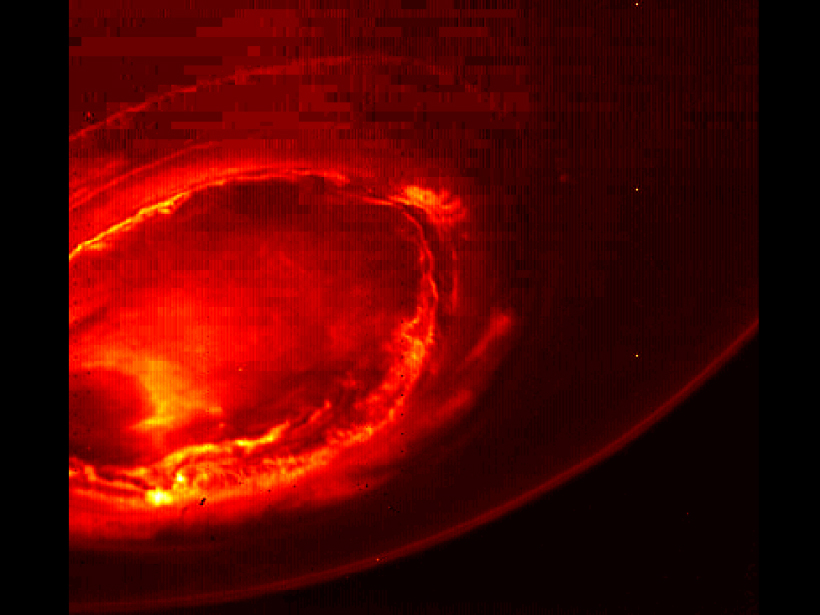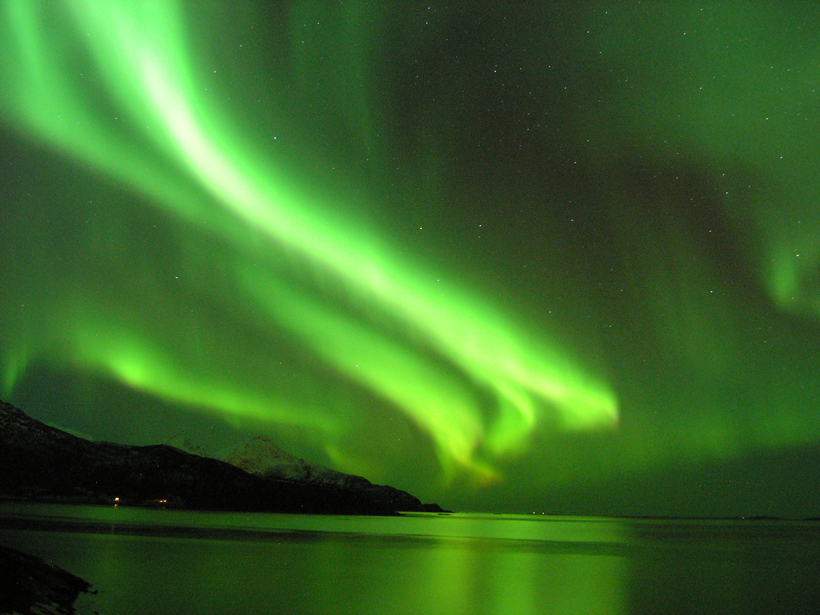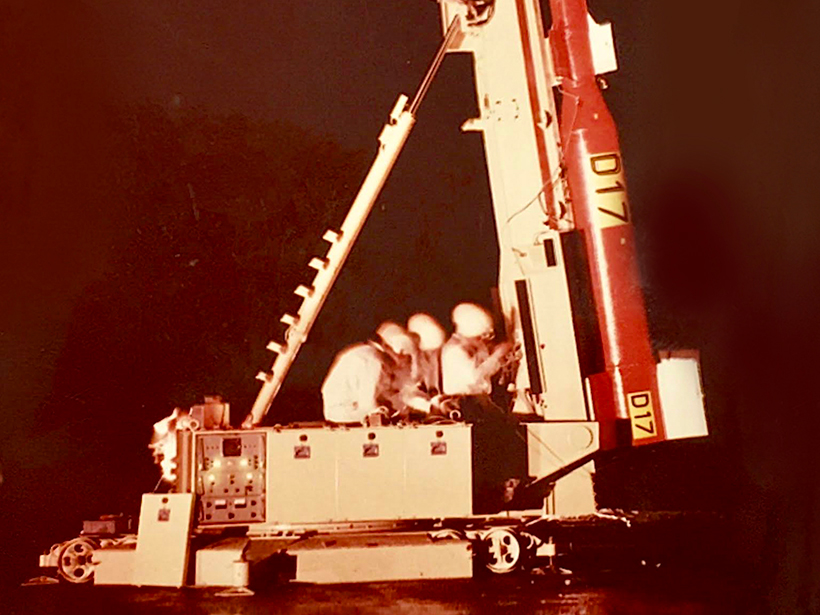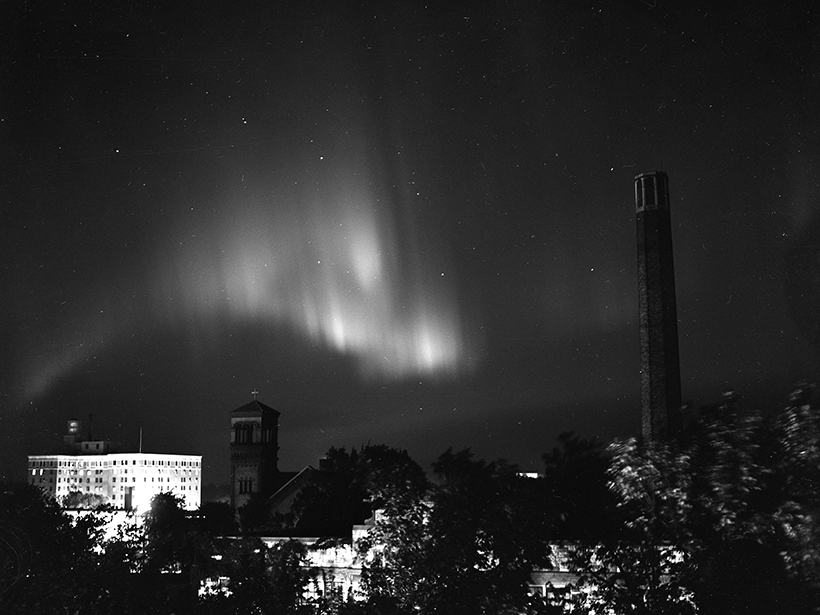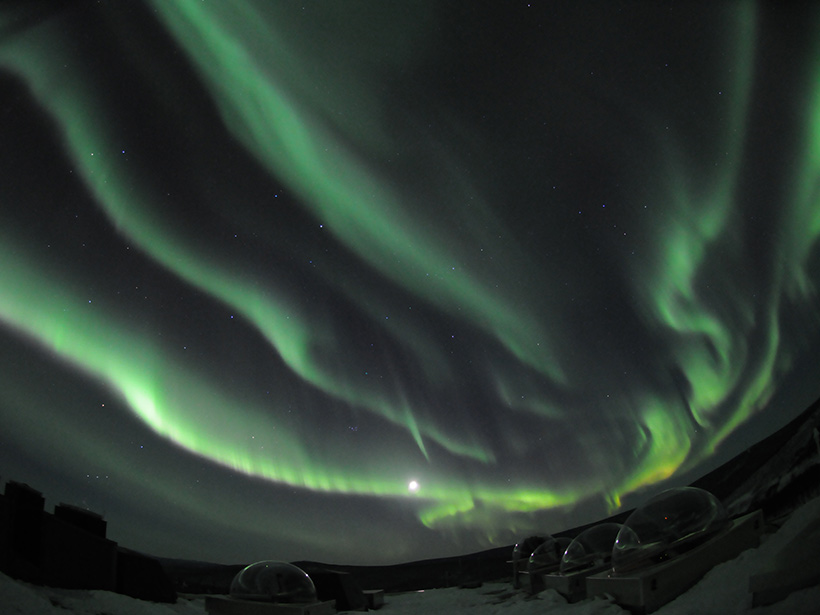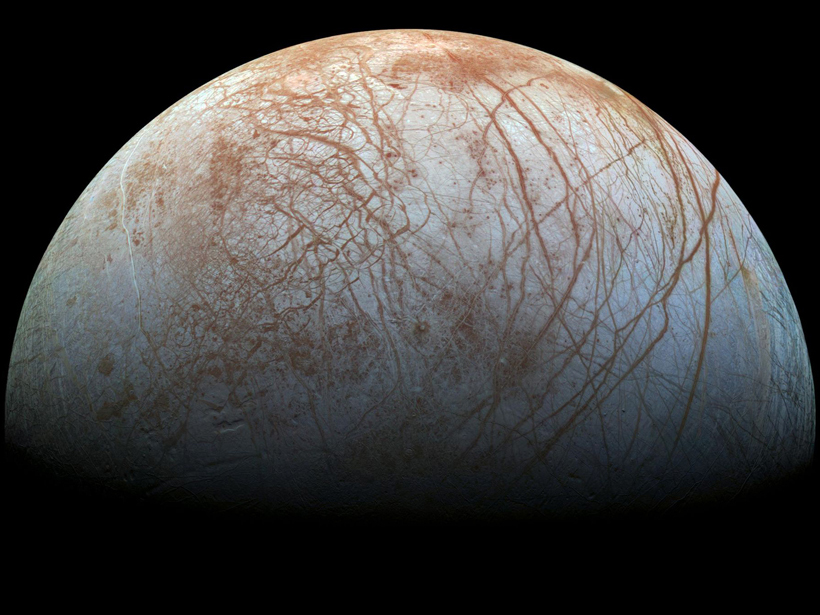Modeling Earth’s near-space environment and its electrical currents is challenging. A new study compares how four different models stack up against observations.
aurorae
Mysterious Particle Beams Found over Jupiter’s Poles
The unexpected character of the beams, revealed by NASA’s Juno spacecraft, suggests that the processes that produce Jupiter’s auroras are unlike those on Earth.
David S. Evans (1936–2016)
Evans, a pioneer of auroral physics, changed the way scientists thought about the aurora and magnetic fields and guided a new generation of researchers.
Mining Ancient Texts Reveals Clues to Space Weather of Yore
Low-latitude sightings of colorful hues in the sky likely to have been auroras indicate powerful geomagnetic storms buffeted Earth when some old chronicles were written, researchers report.
Polar Interlopers in the Aurora
A new study suggests that poleward boundary intensifications in the aurora are caused by fast flows of plasma from the poles into the auroral oval.
Retracing the First Spaceborne Electric Field Measurement
Fifty years ago, a sounding rocket made history by taking the first measurement of an electric field in space. What techniques were used to capture this data?
Jupiter's Auroras Recharge Between Solar Storms
New research suggests that Jupiter's magnetic field replenishes its stock of plasma during lulls in solar activity, creating spectacular displays when a solar storm hits.
The Geomagnetic Blitz of September 1941
Seventy-five years ago next week, a massive geomagnetic storm disrupted electrical power, interrupted radio broadcasts, and illuminated the night sky in a World War II battle theater.
Aurorasaurus Puts Thousands More Eyes on the Sky
Citizen scientists share real-time auroral sightings to advance research.
Hubble Gazes at Europa's Aurora
Scientists get their best glimpse yet of the shimmering phenomena on one of Jupiter's most intriguing moons.

